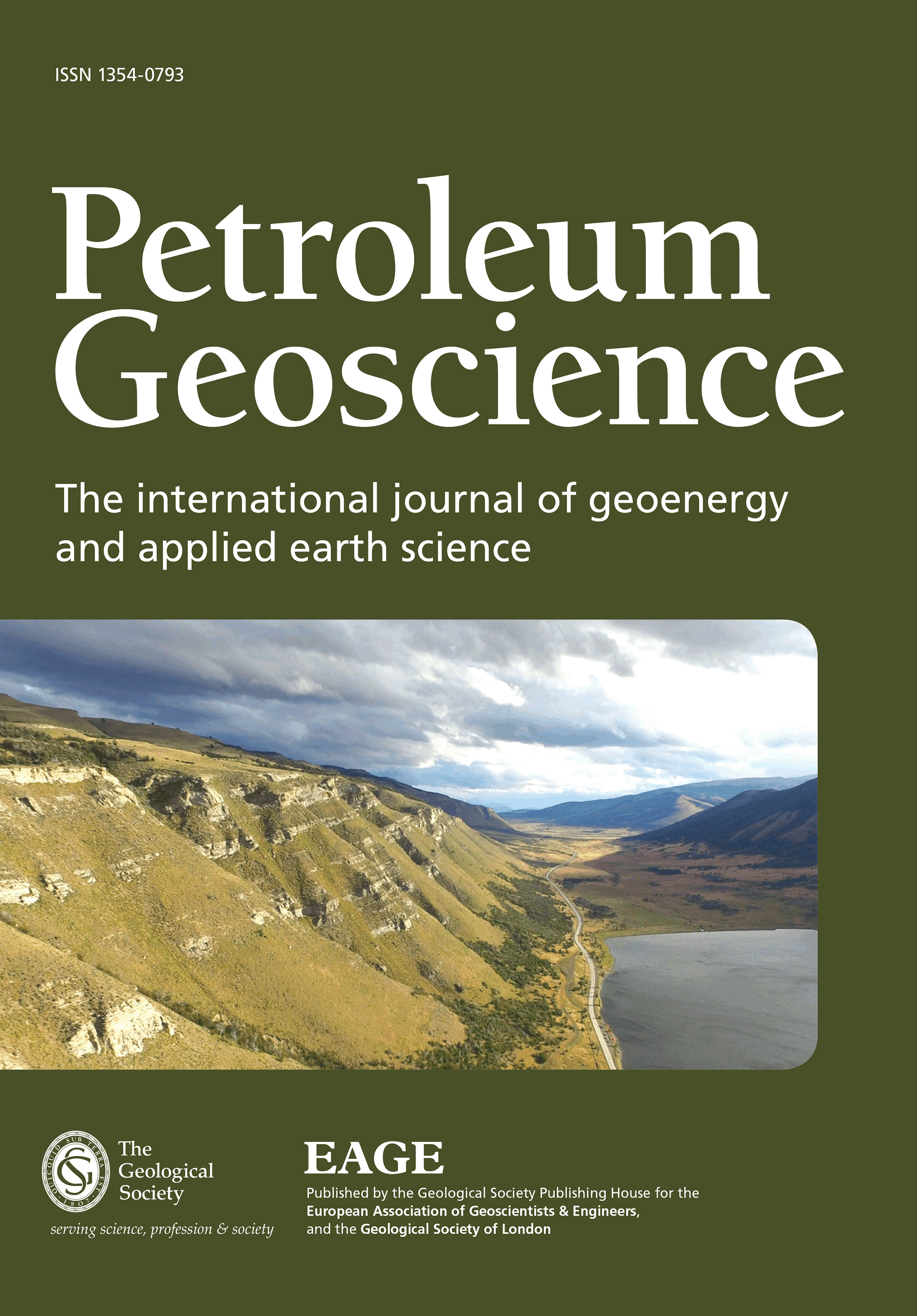
Full text loading...
Natural open fractures are present in sidewall cores and in whole-core samples from pre-salt reservoirs in the licence block BM-C-33 in the Campos Basin, Brazil. Open fractures are also observed in borehole image logs, and fracture densities are in general high. The highest density of open fractures is seen in the damage zones above and below larger cavities (amalgamated cavern damage zones (ACDZs)). Outside the ACDZs the fracture density is high in silicified carbonates, where it tends to increase with decreasing porosity. Clean dolomites are less fractured than the silicified interval, while the less brittle argillaceous dolomites have the lowest fracture density. Some fractures appear vuggy on borehole image logs, and fracture densities are high close to vugs and larger cavities. The positive correlation between fractures and vugs is caused by flow of dissolving fluids through open fractures, and fracturing at stress concentrations around vugs. Two major fault zones have been interpreted from borehole image logs that have damage zones with very high fracture density. The well-test permeability is much greater than the matrix permeability estimated from sidewall core and log measurements. This excess permeability is attributed to fractures, in combination with caverns and intervals with frequent vugs.

Article metrics loading...

Full text loading...
References


Data & Media loading...

